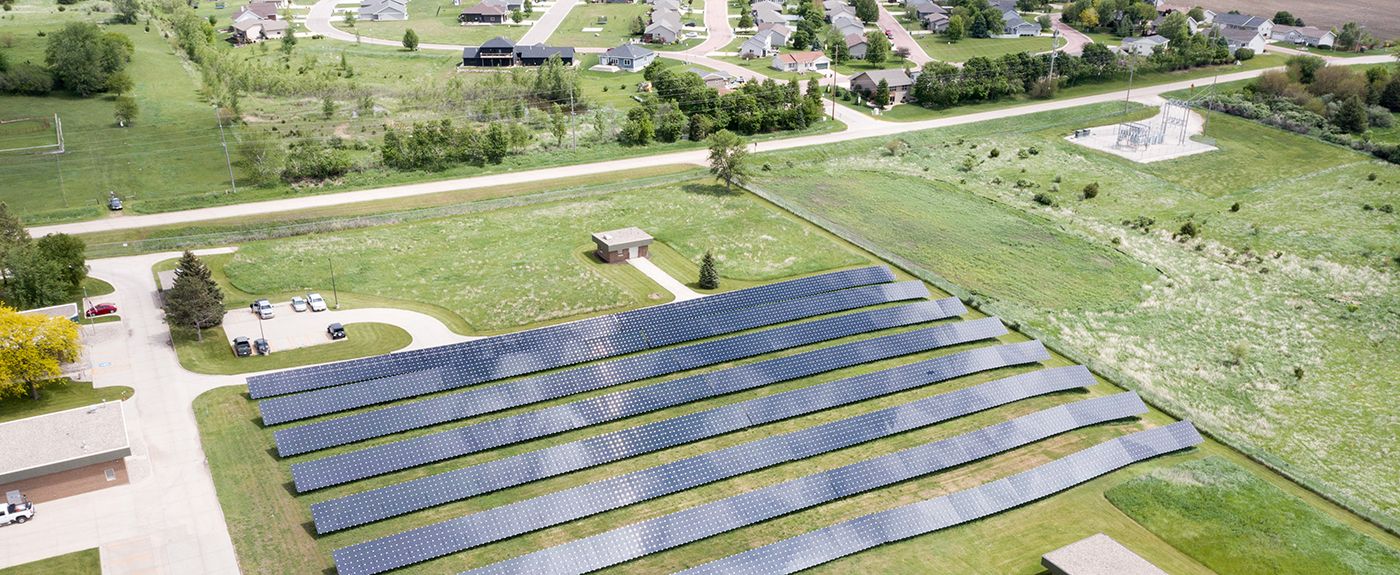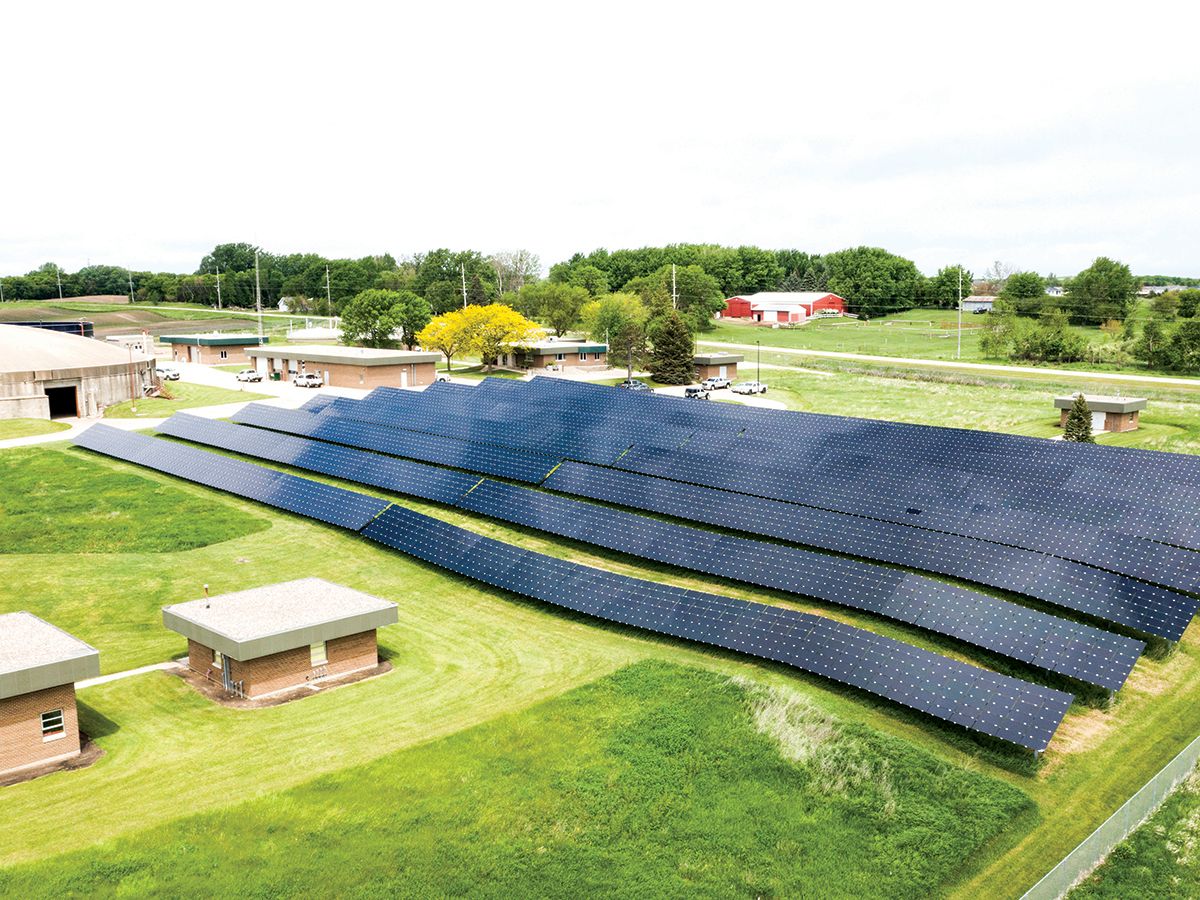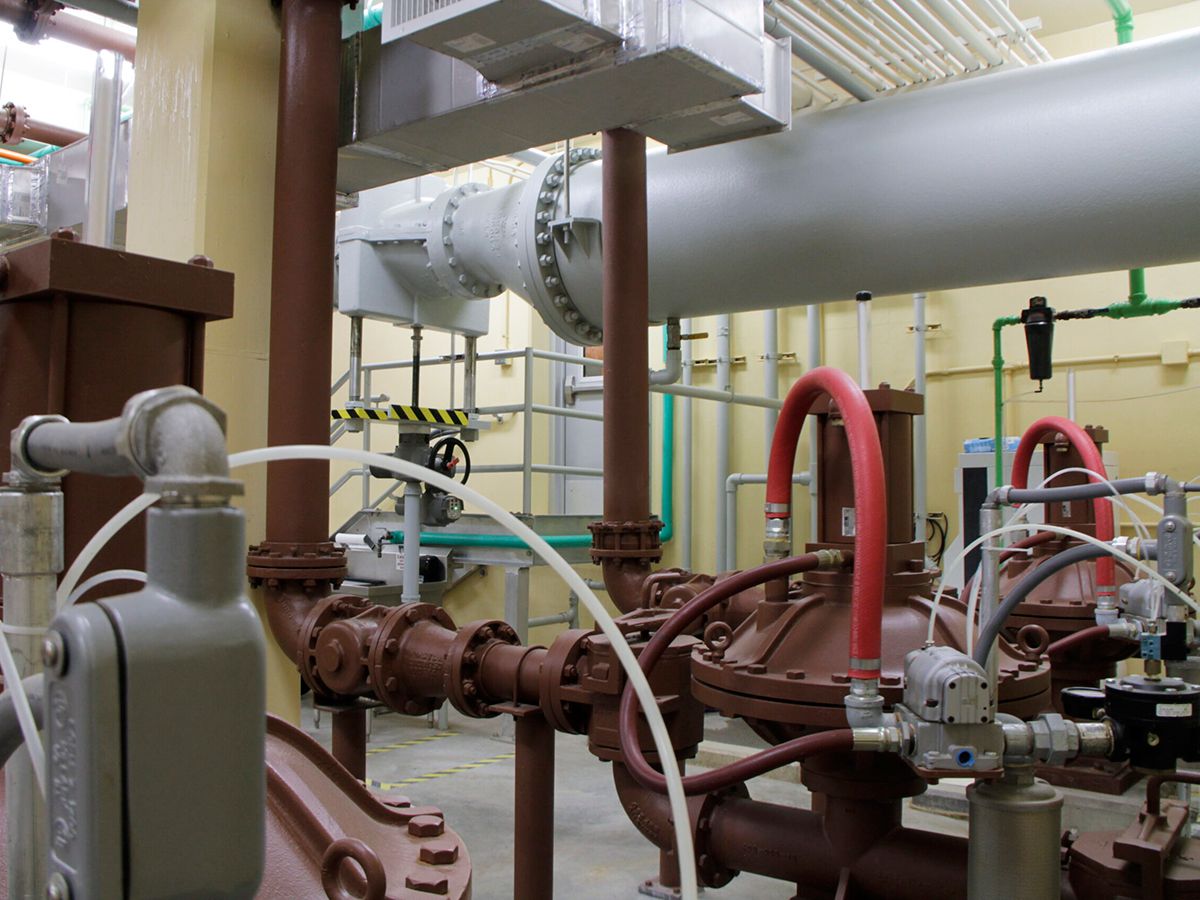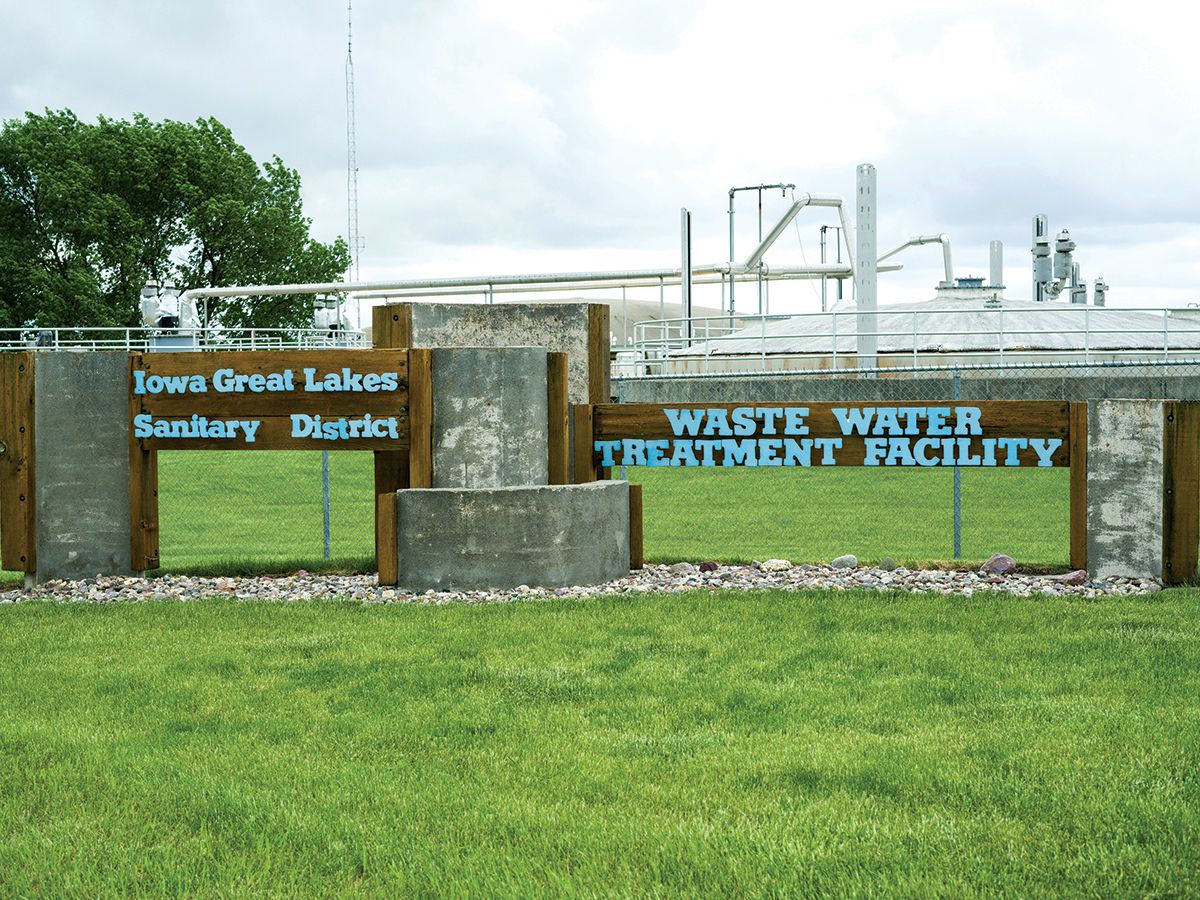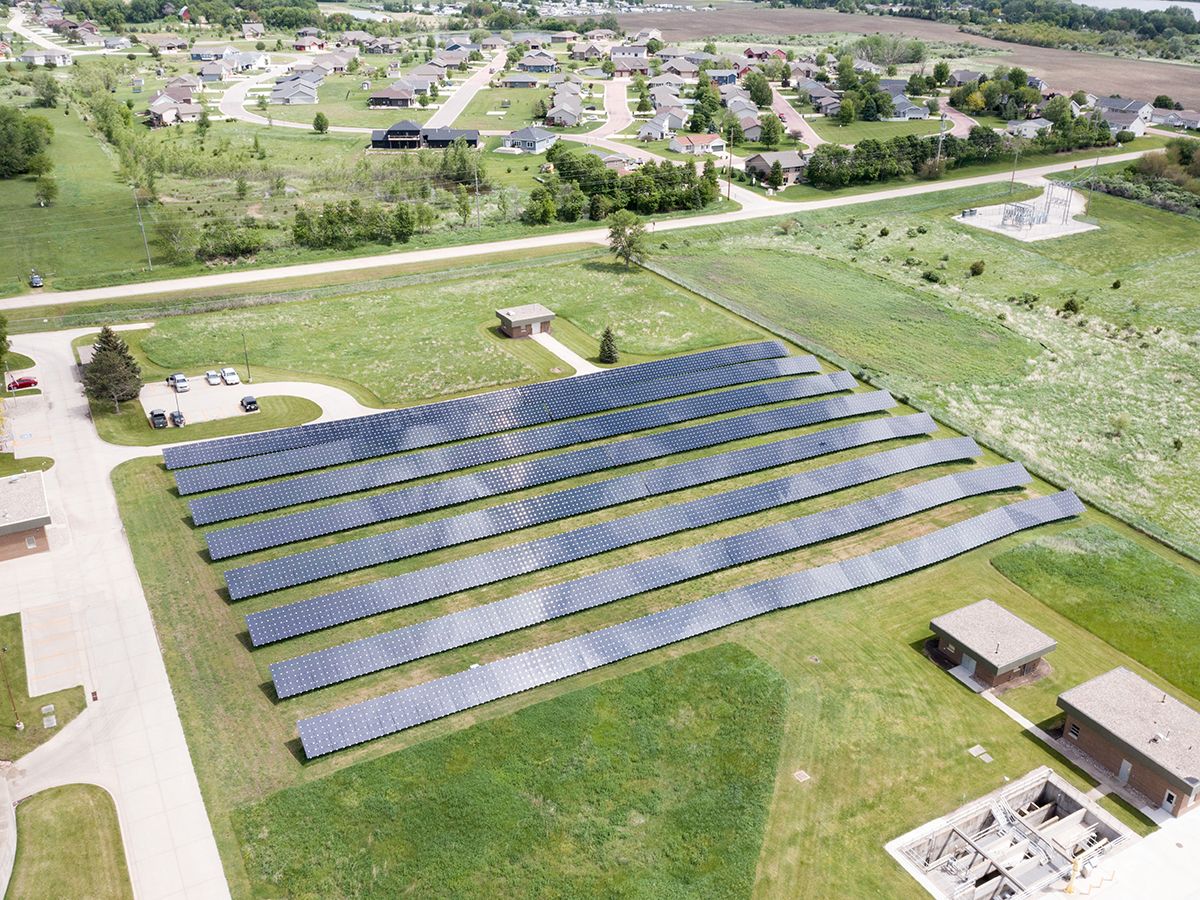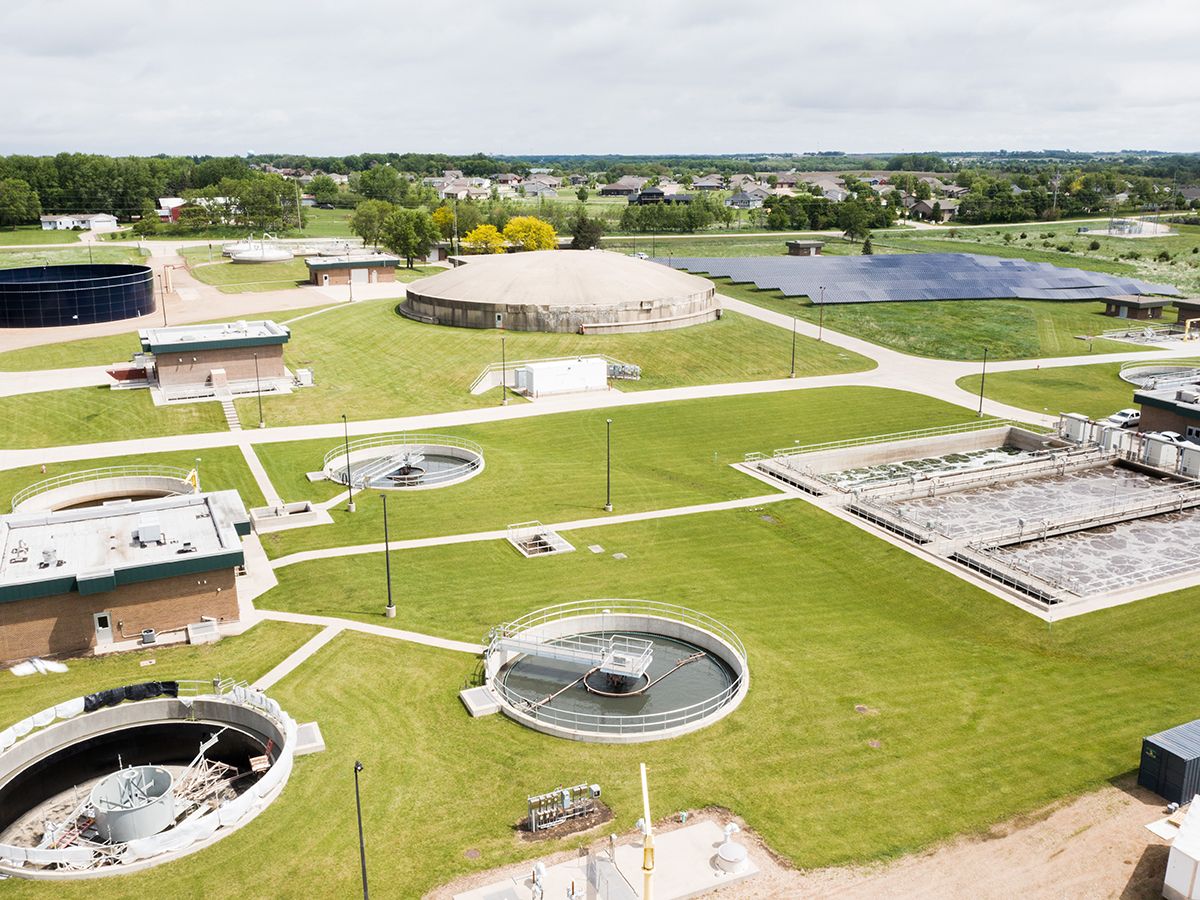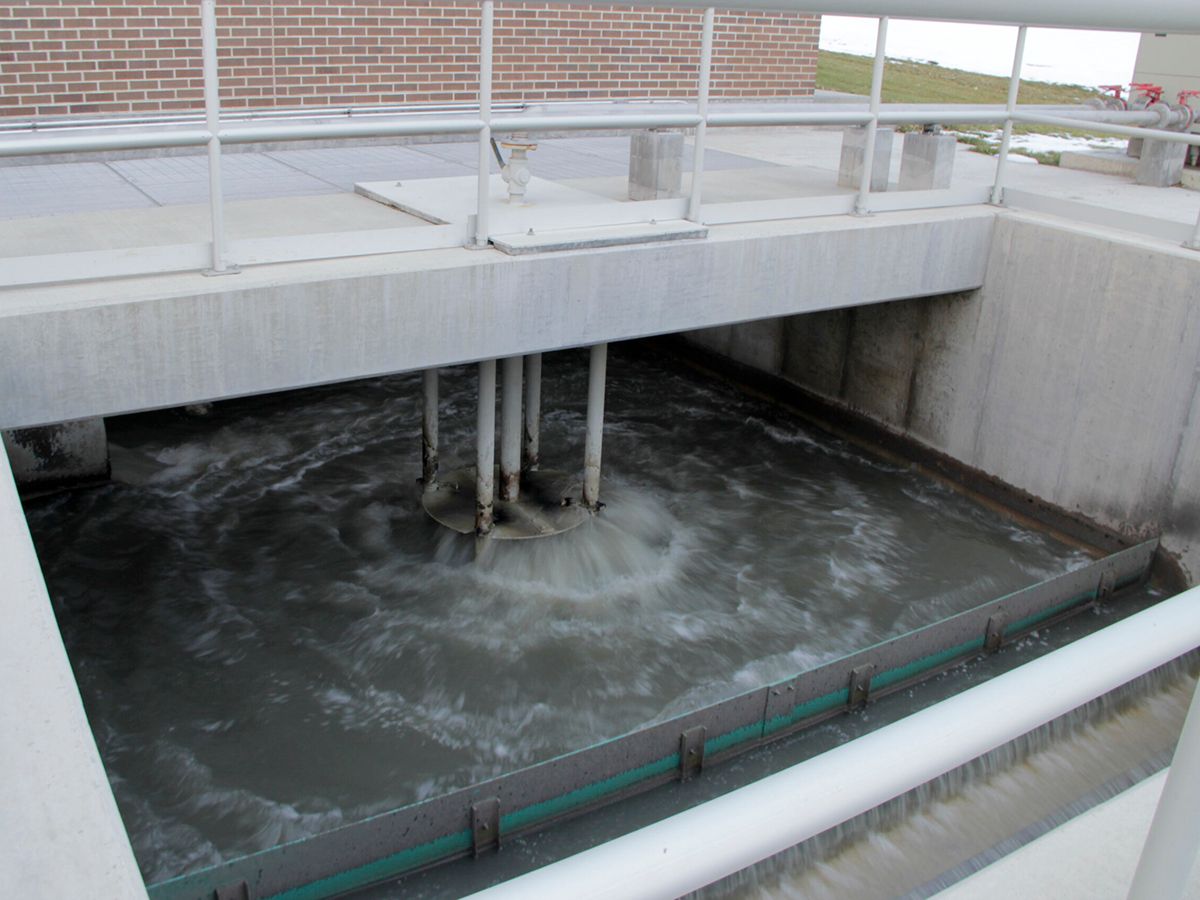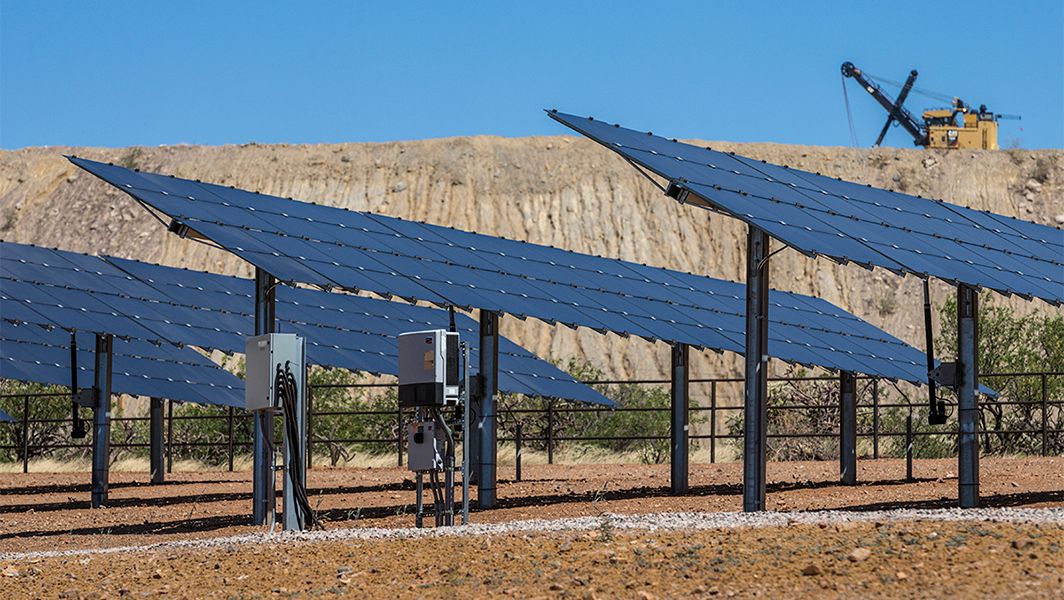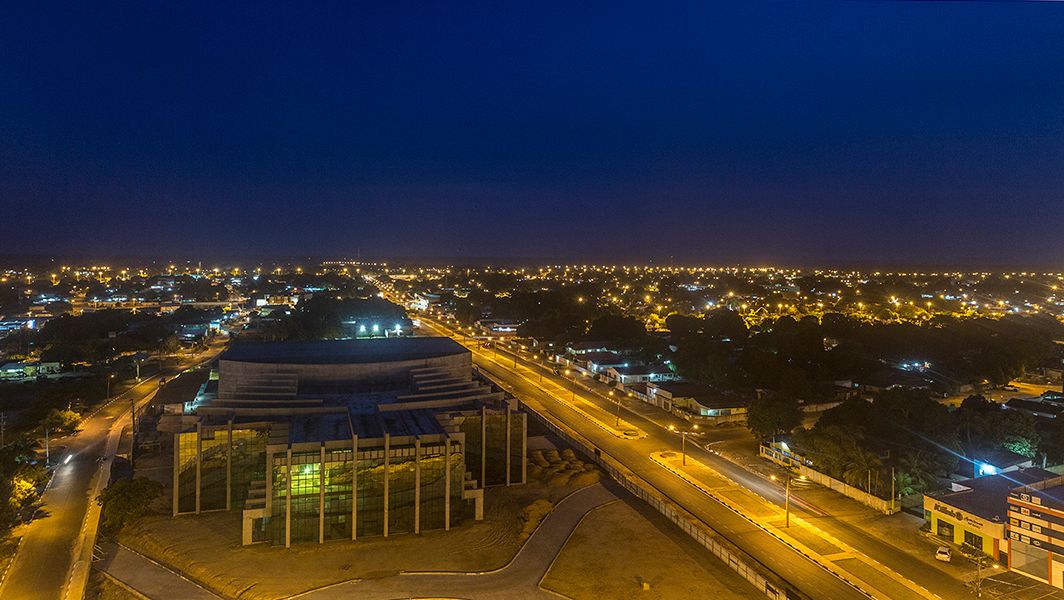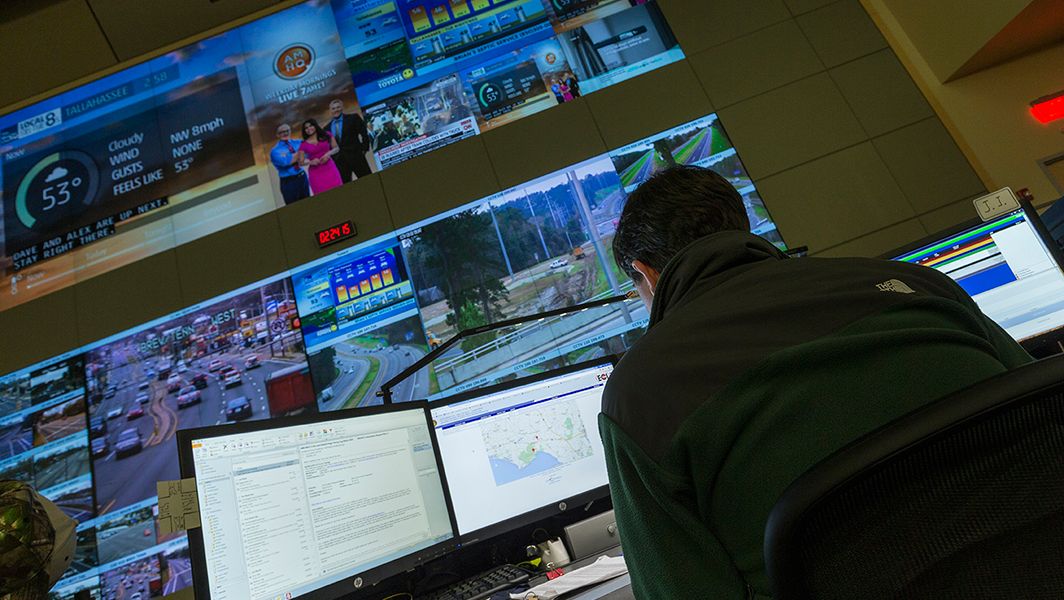

Sign In
Welcome! Sign In to personalize your Cat.com experience
If you already have an existing account with another Cat App, you can use the same account to sign in here
Register Now
One Account. All of Cat.
Your Caterpillar account is the single account you use to log in to select services and applications we offer. Shop for parts and machines online, manage your fleet, go mobile, and more.
Account Information
Site Settings
Security
Solar Power Project Helps Lower Energy Costs at Wastewater Treatment Plant
Customer: Iowa Great Lakes Sanitary District
Location: Milford, Iowa
Solution: 400-plus Cat® photovoltaic solar modules
Cat Dealer: Ziegler Power Systems






Power Need
The Iowa Great Lakes, often referred to as Okoboji, is a group of natural lakes in northwestern Iowa. There are seven lakes in the region totaling 12,687 acres, with the three principal lakes of the group being Big Spirit Lake, West Okoboji Lake, and East Okoboji Lake. They are the largest natural lakes in the state of Iowa. The largest, Spirit Lake, is 5,684 acres and extends to the border of Jackson County, Minnesota.
The Iowa Great Lakes Sanitary District (IGLSD) was created in 1939 to protect the lakes from pollution and sanitary issues. It covers an area from the southern border of Minnesota to the south end of Milford, and runs along the west
side of West Okoboji and Spirit Lake and the east side of East Okoboji and Spirit Lake.
The population served by the IGLSD wastewater treatment plant (WWTP) is highly variable due to increased use of the lakes during summer and holidays. The current off-season population is approximately 14,000, whereas the peak summer population is estimated at 120,000.
The district’s collection system includes a service area of approximately 12,000 acres, with 100 miles of sewer pipe, and 64 pumping stations. IGLSD runs a daily average of about 2.5 million gallons of wastewater through the plant. The district treated a total of 786 million gallons in 2021.
The wastewater passes through several treatment processes at the WWTP to remove pollutants before discharge into Milford Creek. The treated effluent must meet stringent standards, which are defined in the plant’s discharge permit by the Iowa Department of Natural Resources. The water discharged from the wastewater treatment plant must be able to protect human health as well as sustain aquatic life in the stream.
As they strive to meet environmental, social and governance (ESG) goals, many companies and municipalities are incorporating renewable energy to meet growing expectations of sustainability, while also holding the line on the cost of power and preserving finite financial resources.
In 2020, the trustees of the Iowa Great Lakes Sanitary District (IGLSD) were seeking to cut the high electrical costs at its wastewater treatment plant in Milford in northwest Iowa. In the most recent plant update, adding wind power was ruled out due to the flight path of the Milford Airport.
Previously, a group with the University of Nebraska had evaluated the power usage at the wastewater plant in 2018-19. That study suggested utilizing distributed generation would help reduce the cost of power, as the plant was already very energy efficient.
“We could see that the long-term cost of electricity was continuing to increase. Our bill over an 18-month period in 2019-2020 was averaging $15,000 a month,” said district superintendent Steve Anderson.
SOLUTION
Seeking an alternative, the trustees worked with Milford Municipal Utilities to find someone that could assist with evaluating and planning for a solar project. IGLSD ultimately engaged Ziegler Power Systems for engineering and design of the system. Based on power used by the sanitary district in 2018 and 2019, a Ziegler team determined a 500 kW system would be the proper size.
Ziegler was brought in early in the development process, helping the water district select a proper site and developing an interconnection strategy. Building the infrastructure for the project started in 2020, and the solar array went online in May 2021.
Wastewater facilities are high energy users, which makes them perfect candidates for onsite power generation. The new solar project at IGLSD consists of ground-mounted Cat® photovoltaic solar modules totaling 500 kW.
The solar array performs exceptionally well in Iowa’s hot and humid conditions, which coincides with peak summer energy needs and the time of year when the strongest sunshine occurs in the Upper Midwest, making this the perfect solution for IGLSD’s application and ESG goals.
RESULTS
The 500 kW DC system produces an estimated 730,000 kWh (kilowatt hours) annually—or about 70 percent of IGLSD’s annual power demand at the wastewater treatment plant. The solar array will save an estimated $100,000 in energy costs annually and is projected to pay for itself in approximately seven years, Anderson says.
“Ziegler was good to work with. They took care of all the interconnect processes, making it mostly seamless on our end,” Anderson said.
The concept of having solar as a distributed energy resource in a wastewater treatment plant makes sense based on the energy demands of the wastewater plant, Anderson says.
“Usually, we’re using the most electricity during the day, and then our peaks drop off at night,” he said. “It matches with our operations fairly well in that the solar panels are producing energy when we need it. And at night, they’re not producing energy when our demand for power is at its lowest.”
The power produced at the facility offsets almost 500 metric tons of CO2 emissions annually, which helps the wastewater district reduce its carbon footprint.*
“The Sanitary District was formed back in the 1930s to preserve water quality,” Anderson says. “And this solar energy project just adds another piece to our mission of conservation and environmental protection.”
*Based on an estimate prepared by Ziegler Power Systems using the EPA greenhouse gas calculator
